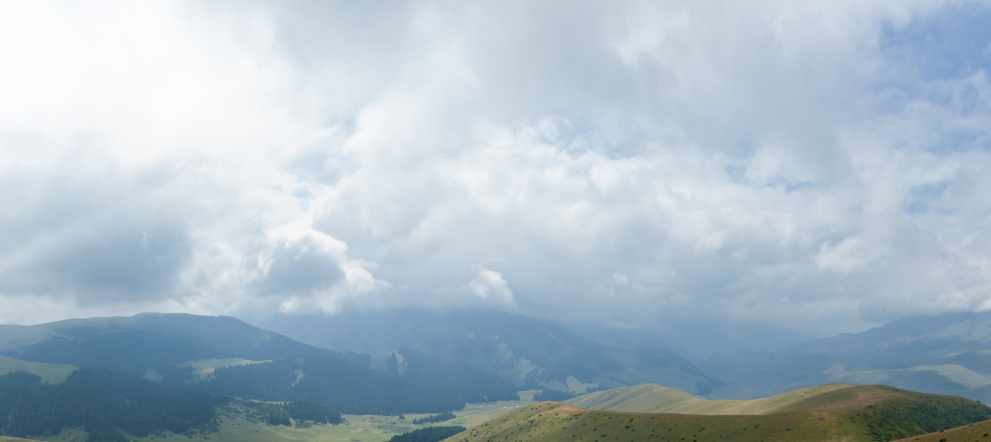




The symbolism of the path in Turkic culture is connected with the understanding of the path – reversible (living) and irreversible (in the realm of the dead). The reversible path of each hero of the Turkic epic begins at the threshold of his birthplace, preserved in the relics of the Kazakh rite of Tūsau kesu (cutting the bonds of a child). The irreversible way to the realm of Erlik or to the realm of the dead.
Among the Kazakhs in ancient times there was a belief in the “God of the ways on the spotted horse” and the “God of the ways on the crow horse”. For example, a man of respectable age answers the question about the years he already needs to go on the way on a qara-zhorğa (crow horse).
M.M. Sodnompilova notes that in the mythological consciousness of nomads the road is the path laid down by the father, on the scale of the tribe or clan – the heads of nomadic associations. The head of the family designed the itinerary of the family, and his sons inherited it [7, p. 97]. The inheritance of such an idea of the way is the preservation of the way of the ancestors in a broad sense (paths, routes, life decisions, history of nomads).
The symbolism of crossroads in the world culture carries polar meanings: On the one hand, ancient cities were laid out at them and temples or pyramids were built. On the other hand, crossroads were notorious – a place of concentration of evil creatures. The ancient Greeks as his demon Hecate – goddess of darkness, night visions and sorcery, and in the Roman tradition there was a belief about the goddess of the three roads of Trivia. The importance of the crossroads as a sacred place is underlined by the rituals and rites of the European peoples. It was a place of decay, of the evil eye, but also a place where diseases were brought and curses were pronounced.
Intersections and crossroads have a symbolic meaning in Turkic mythology. The crossroad connects the opposition of two complementary, ambivalent concepts: “life and death”, “good and evil”. In the mythology of the Altai people there is an image of Kagyr-khan (Kaargan) – the mediator between Ulgen and Erlik, who presided over the trial and punishment of the man at the crossroads of seventeen roads. The importance of the crossroads is also emphasized by the tradition of placing ancient Turkic steles – written monuments – on them. The crossroads here represented the center of the four corners of the world.
A peculiar echo of such representations is the Kazakh tradition of building Mazar on a trail of ancient caravan embassies or intersecting paths between settlements/parking areas, which in a utilitarian sense also served as landmarks for travelers in the vast steppes.


